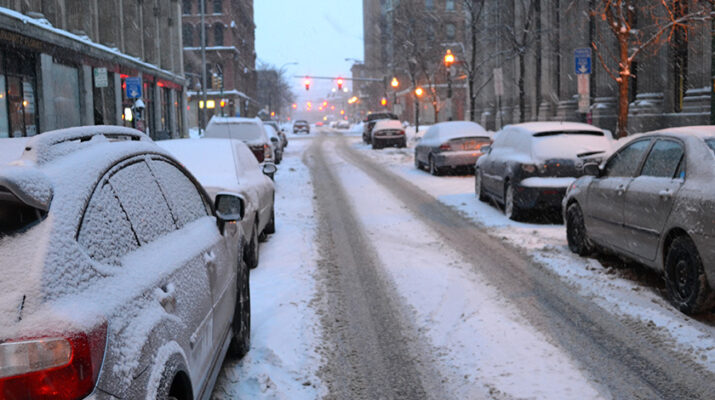About 46% of auto crashes involving bad weather happen in the winter
By Ken Sturtz
When motorists head out on the roads during winter it’s important to be extra careful. After all, approximately 46% of crashes involving bad weather take place during winter, according to AAA of Western and Central New York.
With that in mind follow these tips from AAA to make sure you get where you’re going safely.
• Stay inside. If there’s inclement weather and you don’t absolutely have to venture out on the roads, consider staying put. Even if you follow best practices for safe driving, that doesn’t mean everyone else on the road will.
• Slow down. It may seem obvious, but many winter drivers make the mistake of assuming that their vehicle will handle the same on snow or ice as it does on dry pavement. Reduce your speed and apply the gas slowly to avoid spinning your tires or skidding.
• Increase your following distance. On a normal day you should maintain a following distance of 3-4 seconds. In bad winter weather, however, you want to increase that following distance to 8-10 seconds. That leaves you a longer distance to stop.
• Avoid braking and turning at the same time as it can cause your vehicle to lose traction and skid out of control. Brake first and then turn if necessary. The preferred way to stop is by using the ball of your foot to apply firm, steady pressure on the brake.
• When road conditions are poor, don’t use cruise control. It can reduce traction and prevent you from feeling if your tires are slipping.
• Don’t stop while going up a hill. It can be difficult to drive up hills when it’s snowy or icy, so try to get a little inertia going before the hill to help carry you to the top. Once you reach the top, reduce your speed and go downhill slowly, but avoid slamming on the brakes.
• If you get stuck, try clearing a path several feet long in front of your wheels by driving forward and backward or by shoveling. Point your wheels straight and gently press the gas to avoid spinning the tires. Spinning the tires generally just digs the vehicle deeper into the snow or ice.

